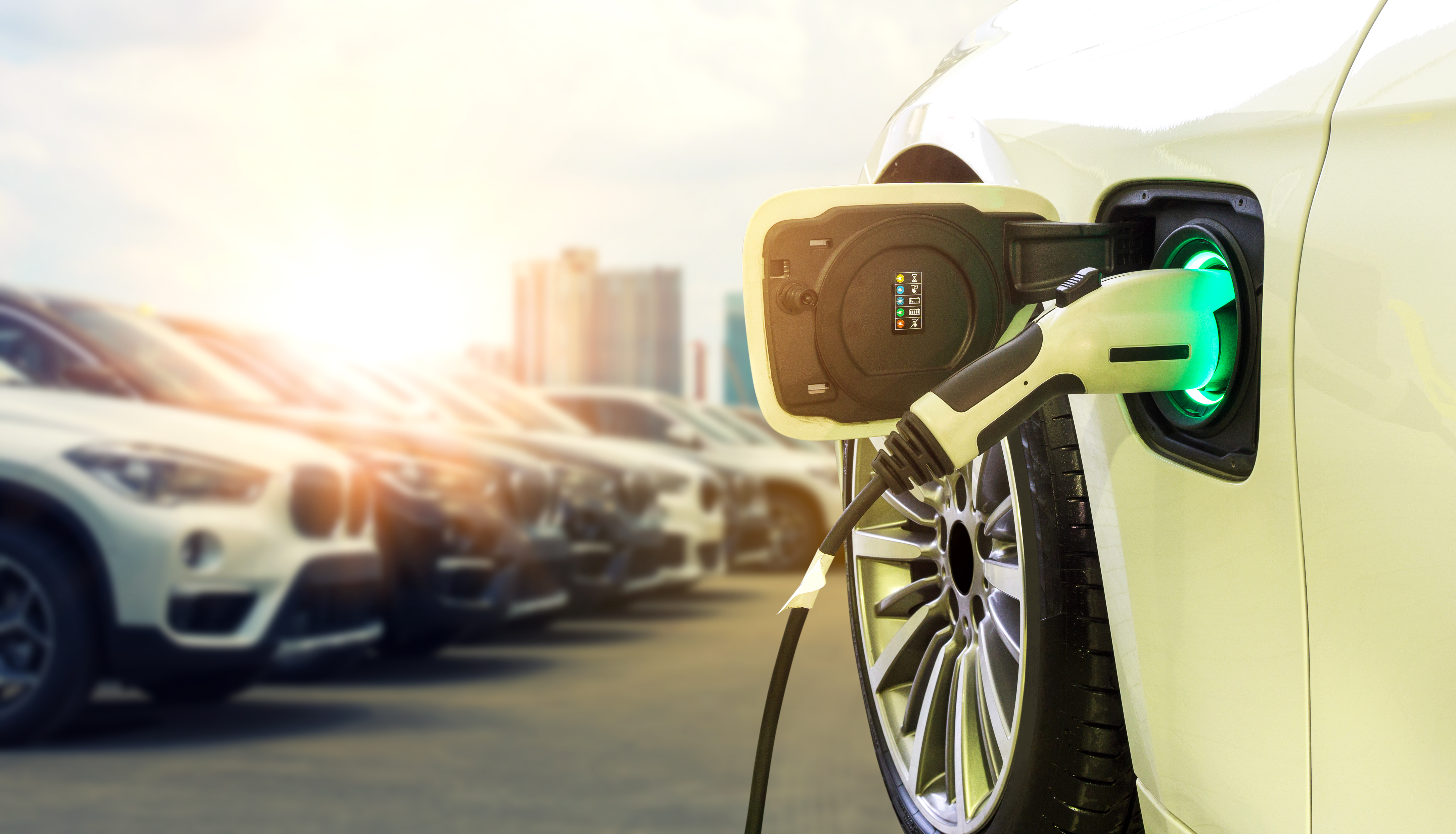A Plan for Decarbonization That Doesn't Leave Workers Behind
-
-
Slice of MIT
Filed Under
Recommended

More than 77 percent of Americans surveyed by the Pew Research Center in 2019 said that developing alternative energy should be a priority for the US, but agreeing on how to transition existing energy sources is not simple. Reducing carbon, also known as decarbonization, becomes a sensitive subject when the implications of that transition could be widespread job loss in some sectors like the automotive industry, oil and gas production, and coal mining, with job growth occurring elsewhere.
As an entrepreneur, academic, and investor with a career focused on cultivating technological and market solutions to the problem of climate change, Michael Kearney SM ’11, SM ’19, PhD ’19 jumped in to start tackling these challenges, joining former US secretary of energy Ernie Moniz, MIT Energy Initiative (MITEI) founding director and Cecil and Ida Green Professor of Physics and Engineering Systems Emeritus, to launch the Roosevelt Project. Kearney, who received a fellowship from MITEI, two master’s degrees, and a PhD from MIT, says the pair have been committed to charting an analytical path to deep decarbonization in the US communities that would be most adversely affected by the transition itself.
“The bulk of our work is building coalitions between people and organizations in communities across the country that are going to be dealing with these issues: community organizers, business leaders, political leaders, entrepreneurs, and investors,” explains Kearney, who has been executive director of the Roosevelt Project since its formation. The project is part of the MIT Center for Energy and Environmental Policy Research, which is jointly sponsored by MITEI, the Department of Economics, and MIT Sloan School of Management. “The willingness of these groups to pick up shovels and get to work has been inspiring. And it gives me hope that collectively we’ve got a chance to move the needle in a productive way for these communities and these people.”
Named to honor the legacies of three Roosevelts—Theodore for stewardship of the environment, Franklin for commitment to expand the middle class, and Eleanor for support of social justice issues—the Roosevelt Project is currently focused on four geographic areas that could be the hardest hit by decarbonization: Appalachian Pennsylvania, the industrial heartland (“Rust Belt”), the Gulf Coast, and New Mexico. In the industrial heartland, they are working in three states—Michigan, Ohio, and Indiana—with a focus on the transition from the internal combustion engine vehicle to the electric vehicle.
With more and more car companies recently announcing a full transition to electric in the next 5–10 years, the shift seems undeniable. The Roosevelt Project collaborates with partners (for example, the Center for Automotive Research, unions, workforce development agencies, and local universities) to investigate how industries will support this massive change and what that will mean for jobs.
“The internal combustion engine makes up the lion’s share of motor vehicle parts. The conversion to electric vehicles with simpler engines and drive trains will mean fewer manufacturing jobs and many fewer repair and maintenance jobs. That doesn’t mean we shouldn’t do it, we need to, but we have to do the work to lay the groundwork for an effective transition.”
The Roosevelt Project has already released a set of cross-cutting white papers on topics related to the energy transition. Now, the team has transitioned to the second phase of the project, the four geographic case studies. By working with experts, industry leaders, researchers, and the local communities, the goal is to create frameworks and guidelines that can be translated to federal, state, and local policies that ensure the energy transition occurs in a way that promotes job growth and protects communities across the country.
Although decarbonization will mean job loss in some areas, Kearney points out the huge potential for job growth in the energy sector, which “represents somewhere around 3 or 4 percent of jobs in the US but a disproportionately high percentage of job growth. So, with appropriate planning, there’s an opportunity to shift effort toward jobs that’ll be available in the long term.”
With the onset of the Covid-19 virus, much of the project’s work became more complicated, but it also shed a light on the groups most in need of help—groups Kearney’s team was already aimed at helping. “The pandemic has exposed dramatic inequality in our country, cutting across racial and socioeconomic lines, as well as rural and urban lines. These are all issues that are woven into the energy transition. The problems that we see and plan for in an energy transition are now even more acute.”









